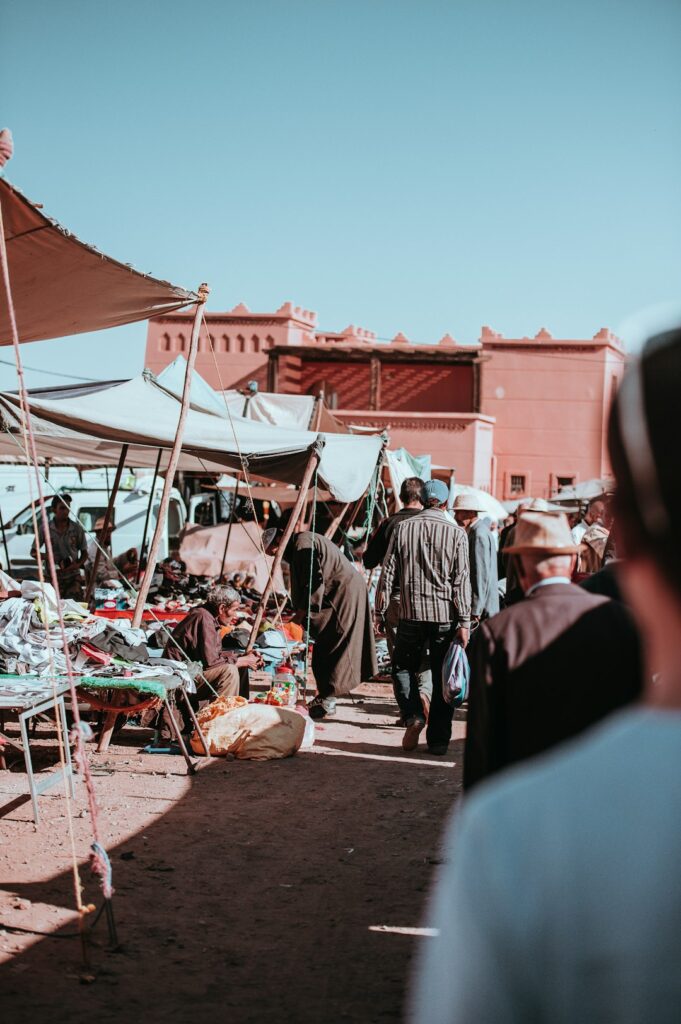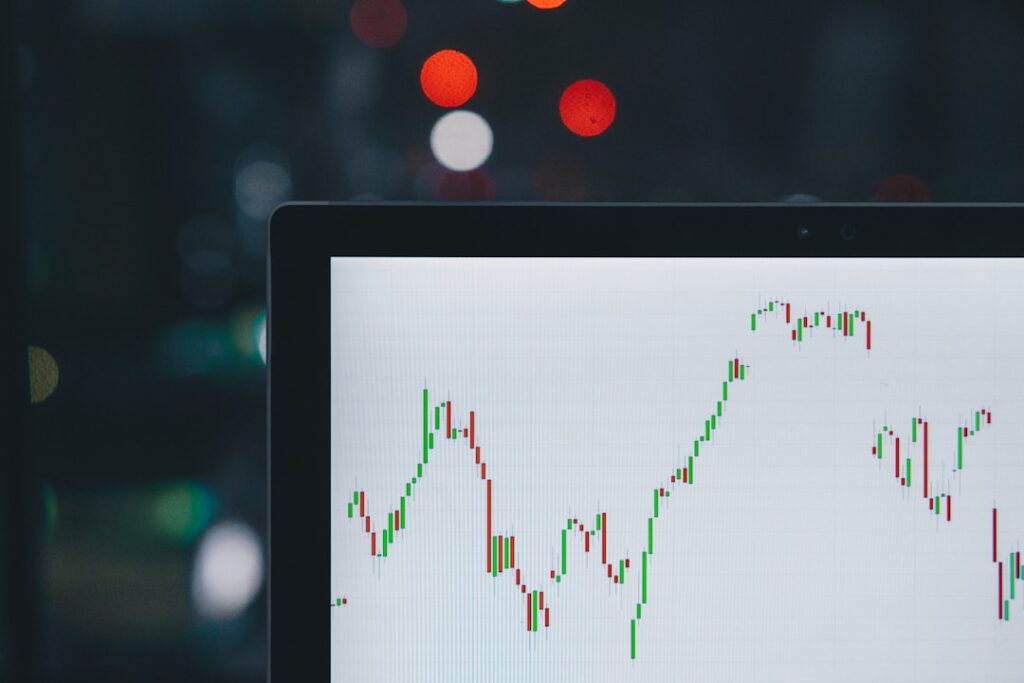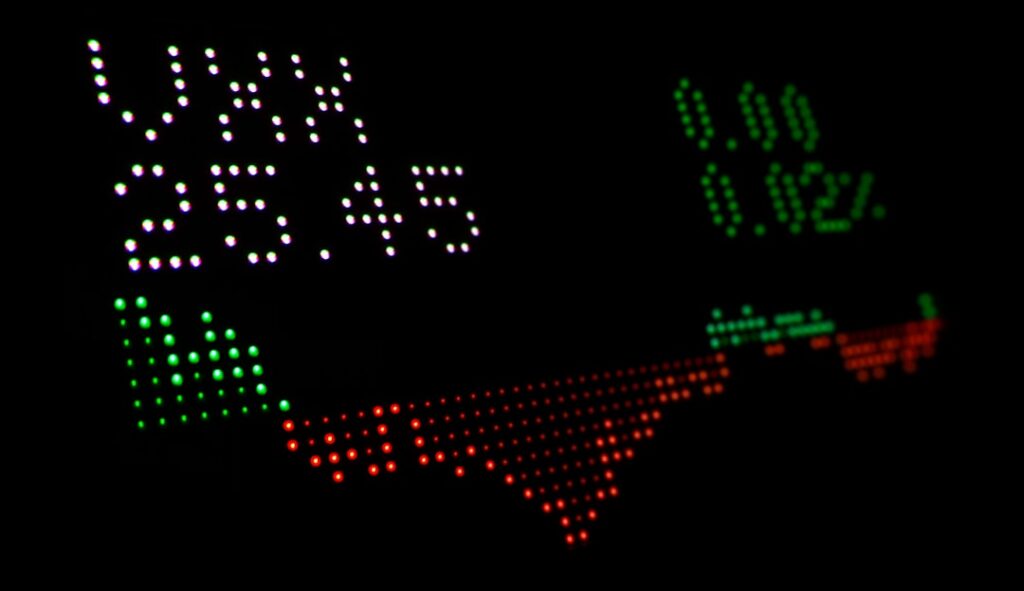## Riding the Rollercoaster: Decoding Gold and Crude Oil’s Wild Ride
The world of commodities can feel like a thrilling rollercoaster, with prices swinging up and down, influenced by a complex web of global events. Two of the most-watched commodities, gold and crude oil, have been particularly volatile recently, leaving many young investors wondering what’s driving these fluctuations and what they mean for the future.
Gold, traditionally seen as a safe haven asset, has experienced a bumpy ride. Its price has been impacted by a tug-of-war between several key factors. Rising interest rates, implemented by central banks around the world to combat inflation, have increased the opportunity cost of holding gold, which doesn’t yield interest. This has put downward pressure on the precious metal. Simultaneously, lingering economic uncertainty and geopolitical tensions, particularly the ongoing war in Ukraine, have boosted gold’s appeal as a hedge against instability, providing some upward support. Adding to the mix, the strength of the US dollar plays a crucial role. A stronger dollar typically makes gold more expensive for international buyers, potentially dampening demand.
Crude oil, the lifeblood of the global economy, has also seen significant price swings. The ongoing conflict in Ukraine and the subsequent sanctions on Russia, a major oil producer, have significantly disrupted supply chains and contributed to price volatility. OPEC+’s production cuts have further tightened the market, pushing prices higher. However, concerns about a potential global recession and its impact on oil demand have tempered these increases. The interplay between these conflicting forces has created a highly uncertain environment for oil prices.
Understanding these market dynamics is key for anyone interested in finance and economics. While predicting the future price of gold and crude oil is impossible, staying informed about the factors influencing these commodities can help you make more informed decisions. Keep an eye on global economic indicators, geopolitical developments, and central bank policies. Diversification is also crucial; don’t put all your eggs in one basket. Consider a balanced portfolio that includes a variety of assets to mitigate risk. Ultimately, educating yourself about the forces shaping these markets is the best way to navigate the rollercoaster ride of commodity prices.








